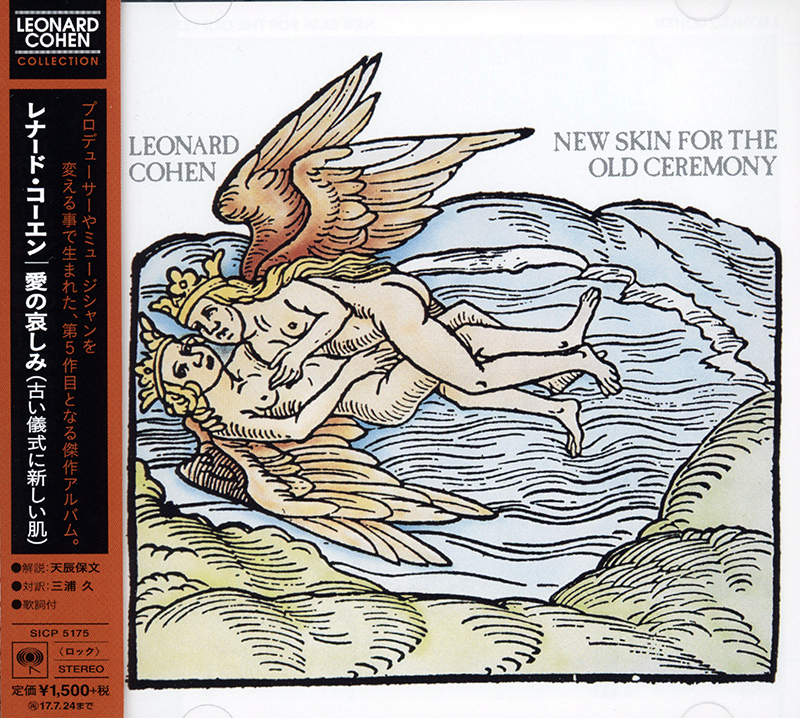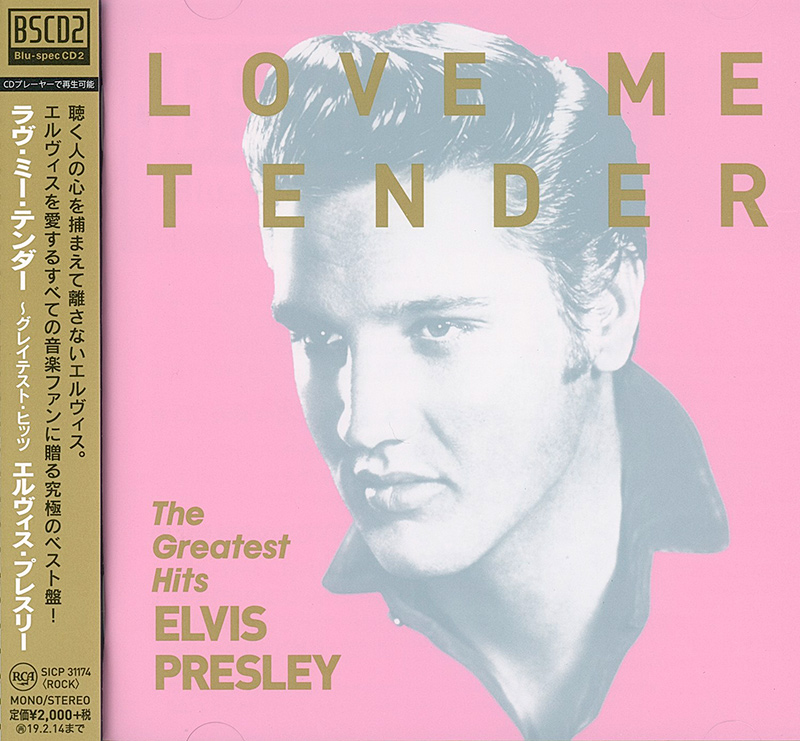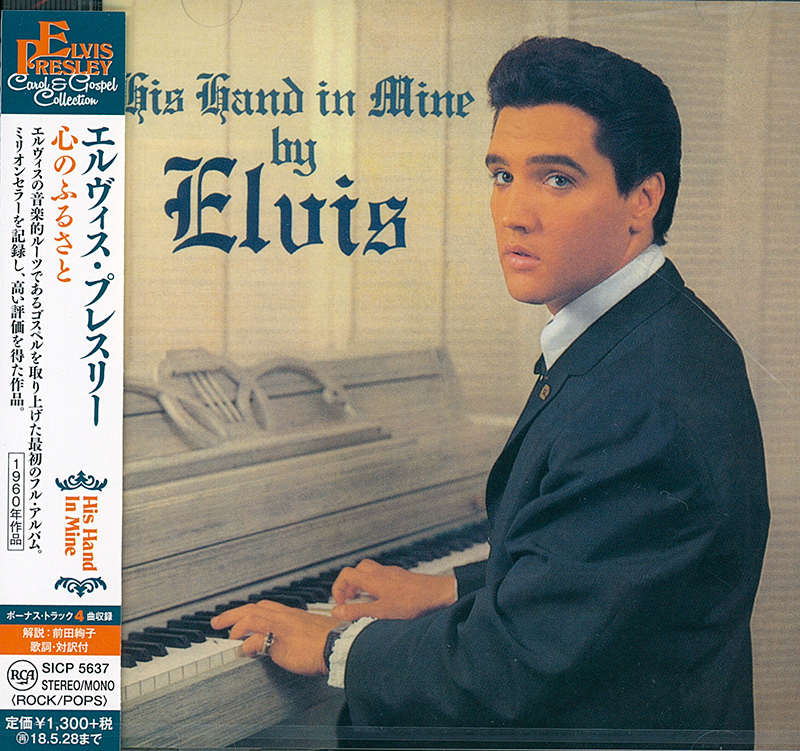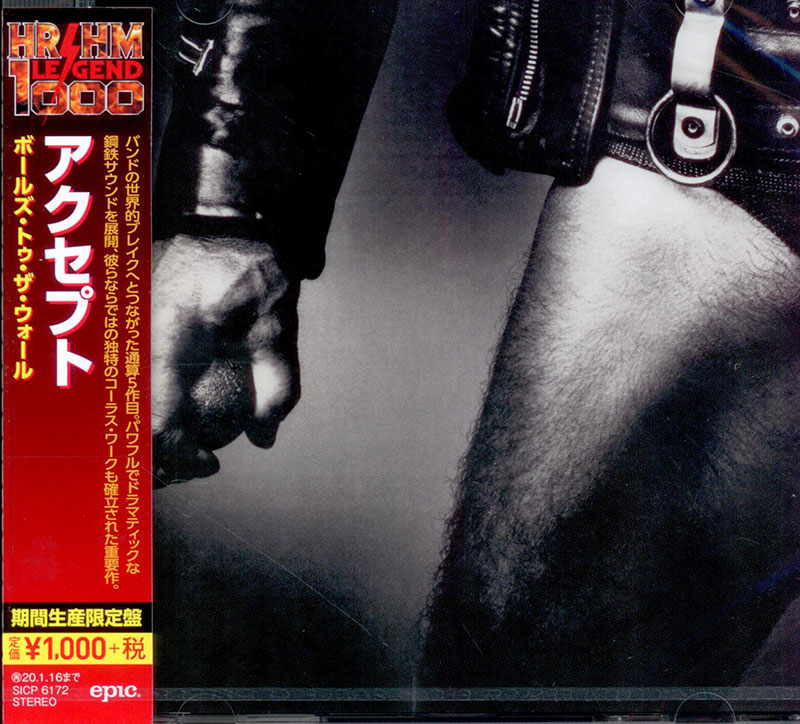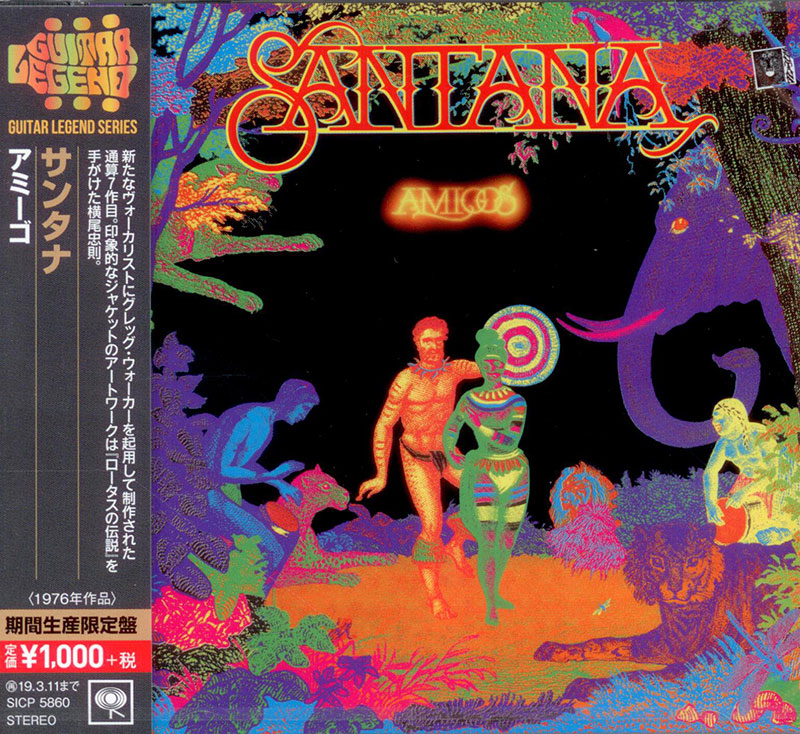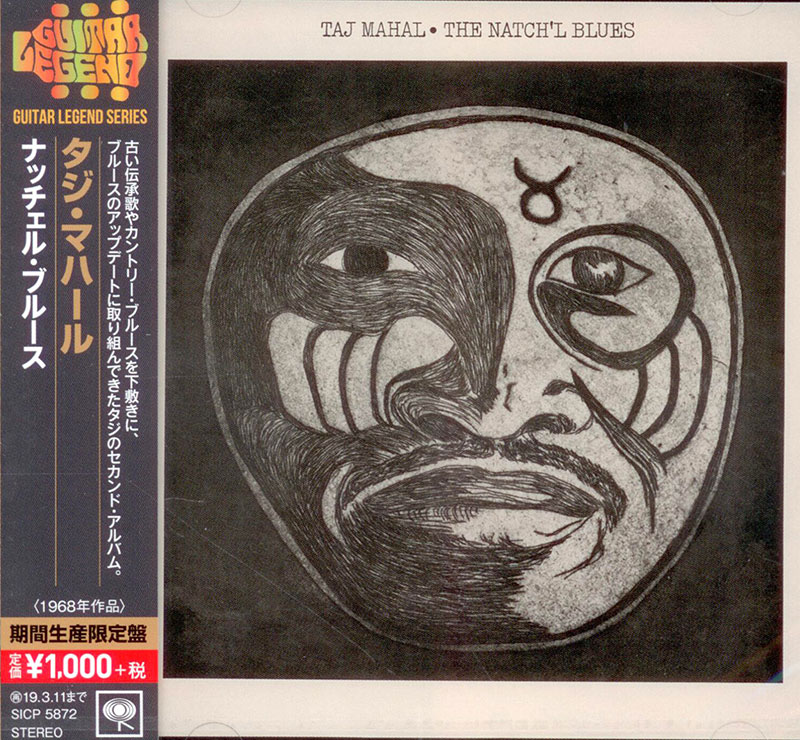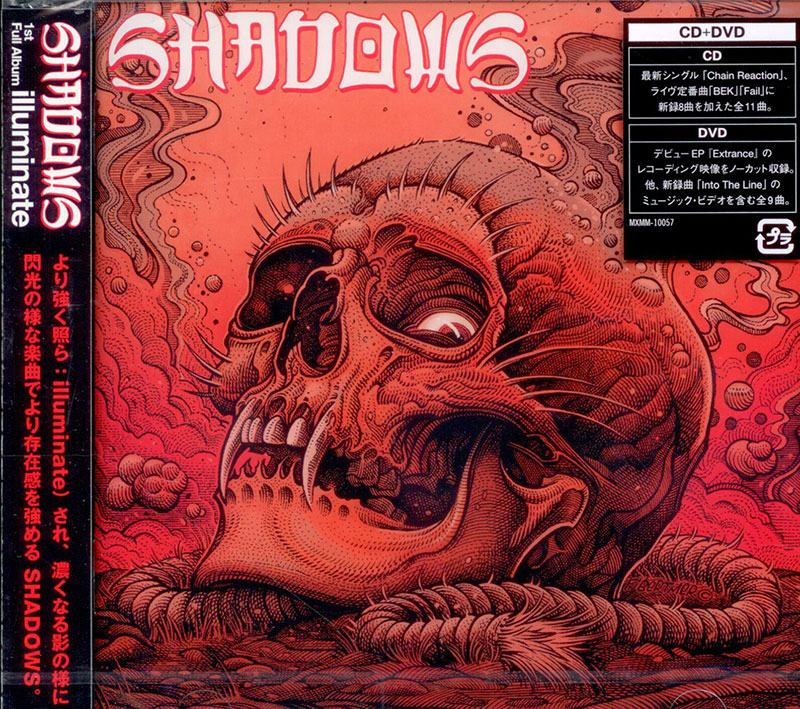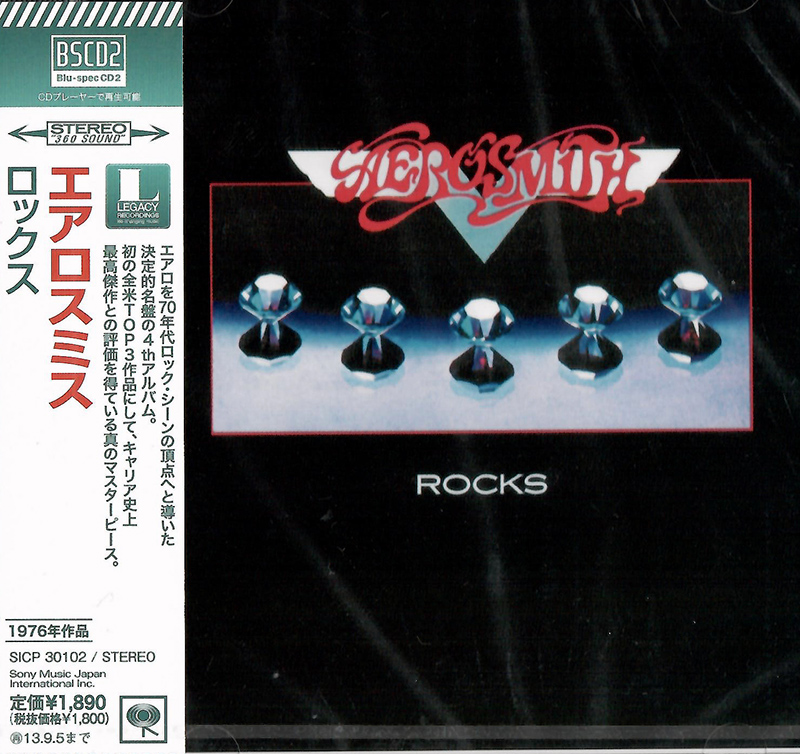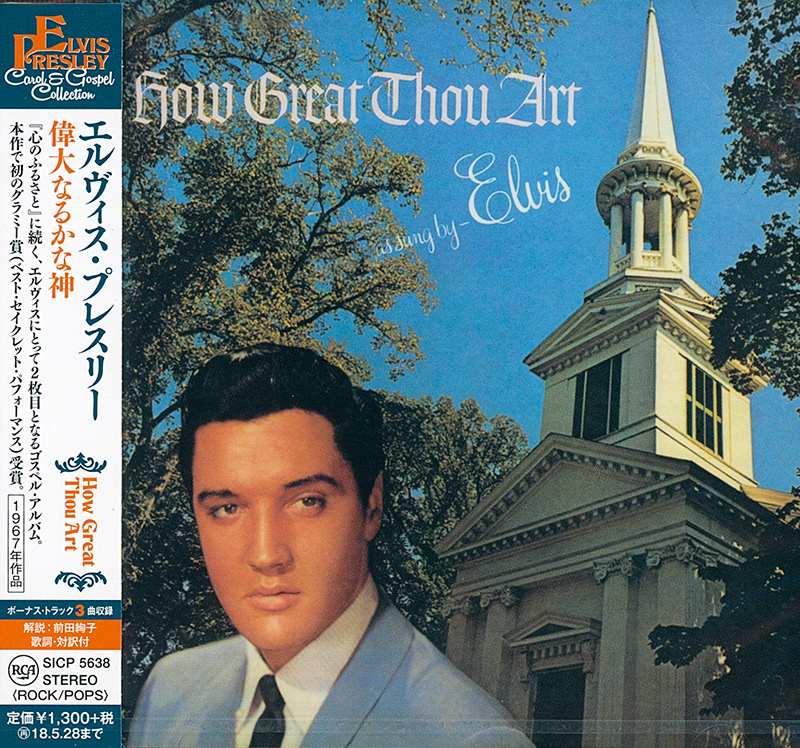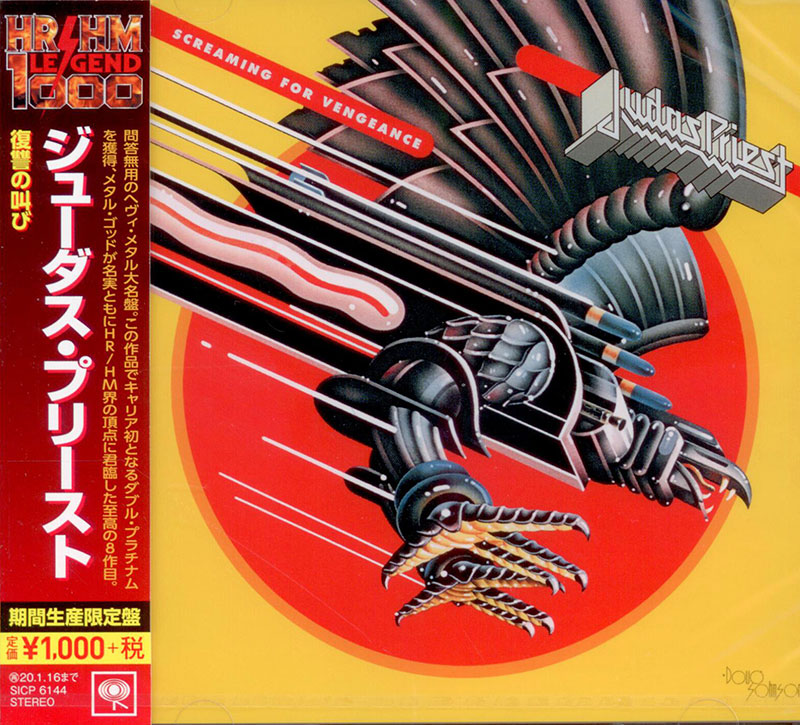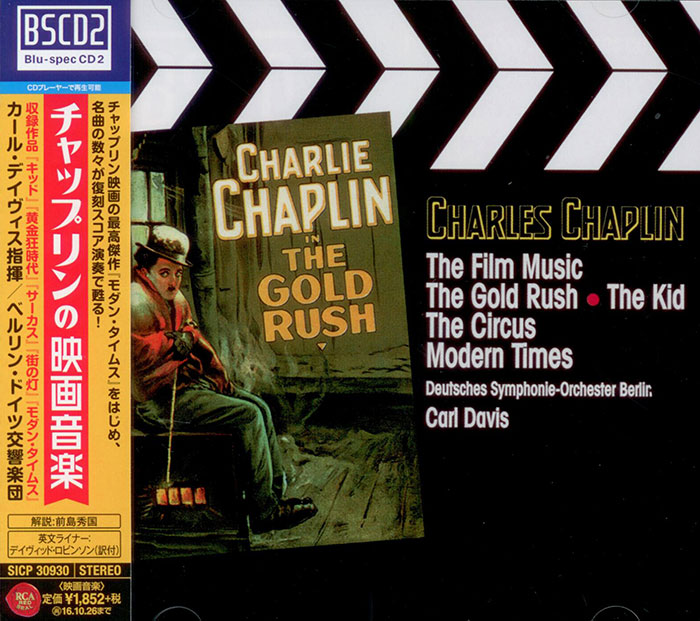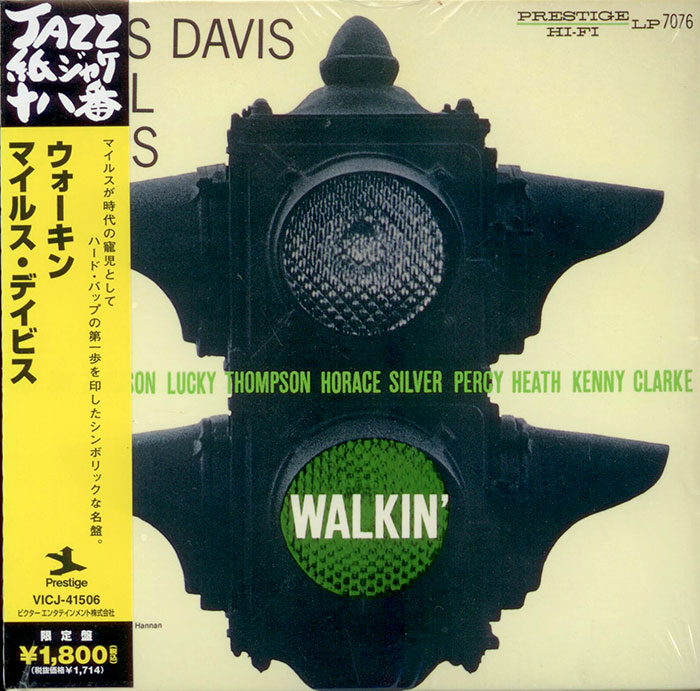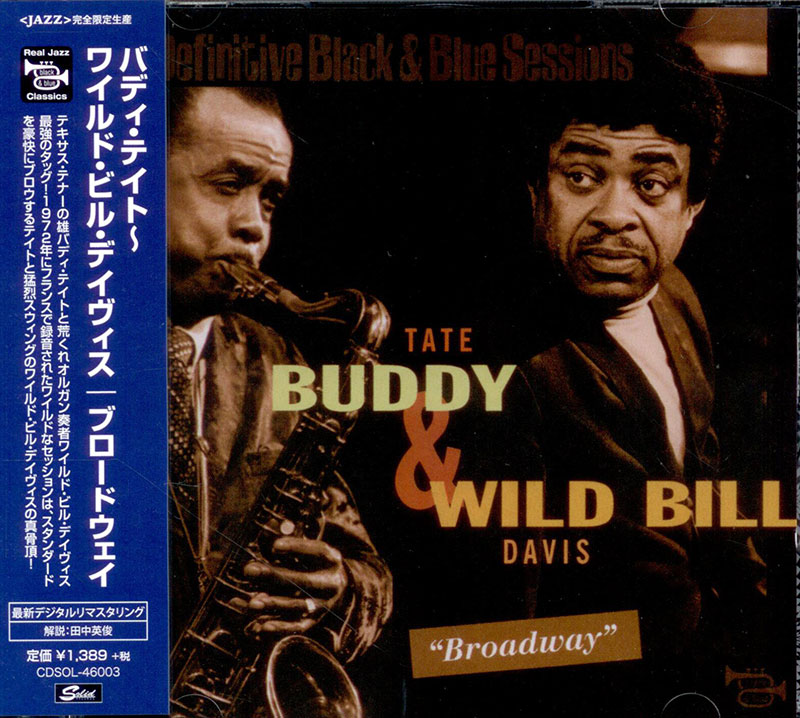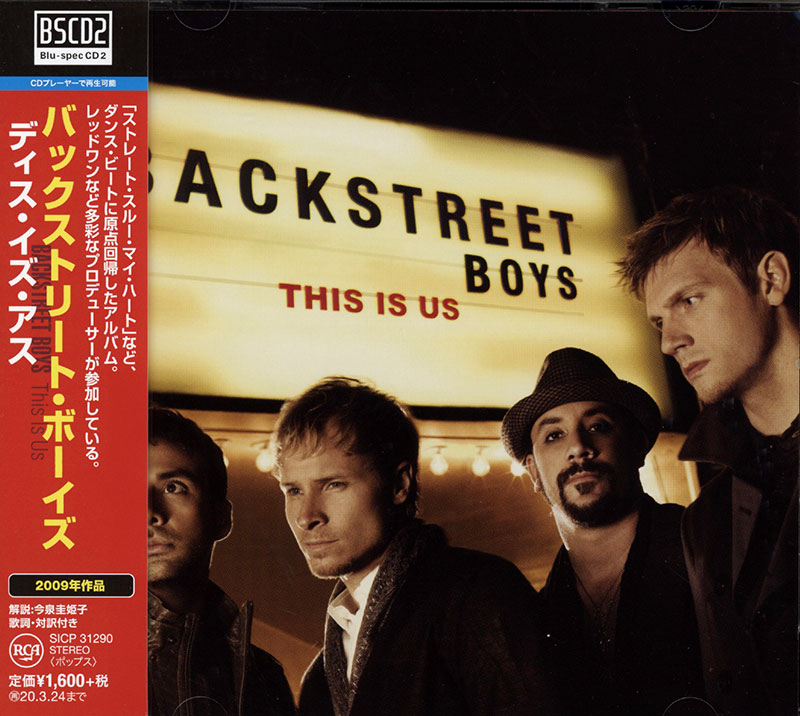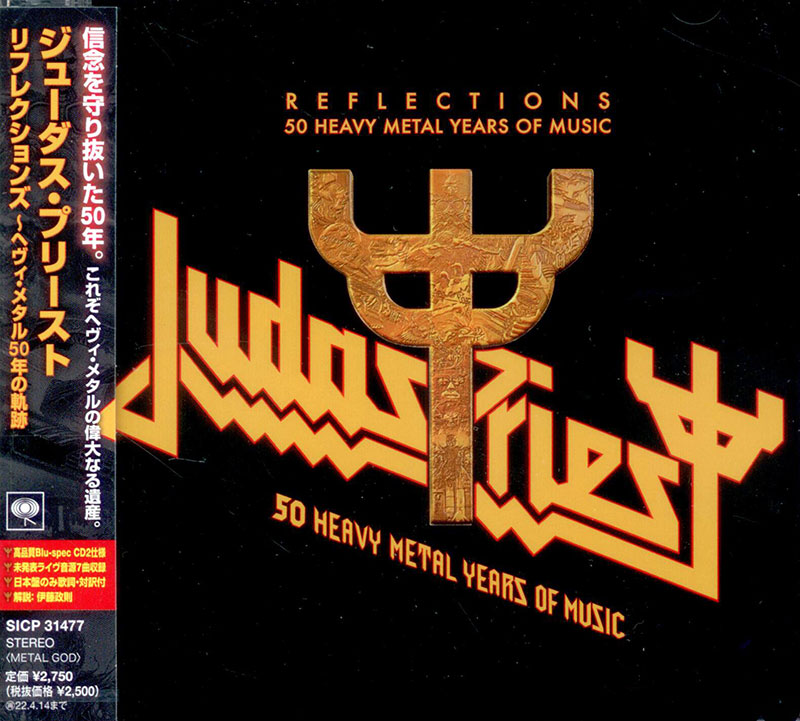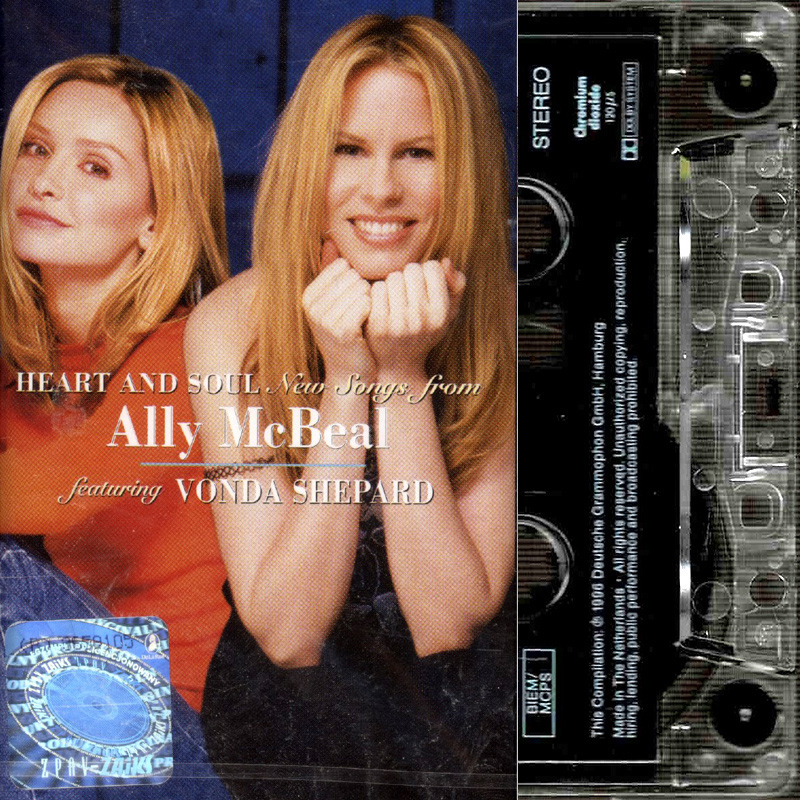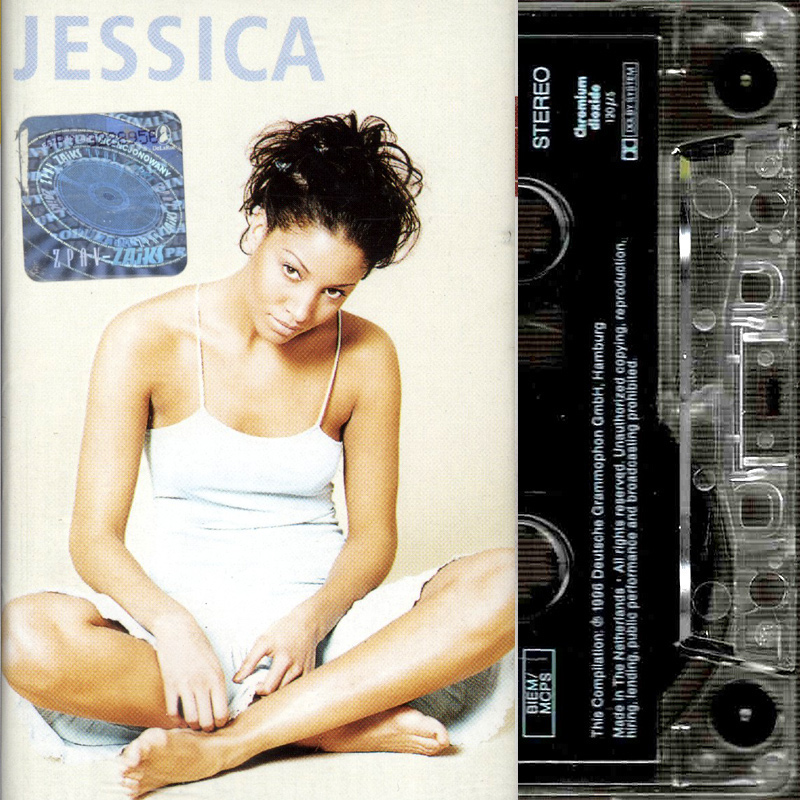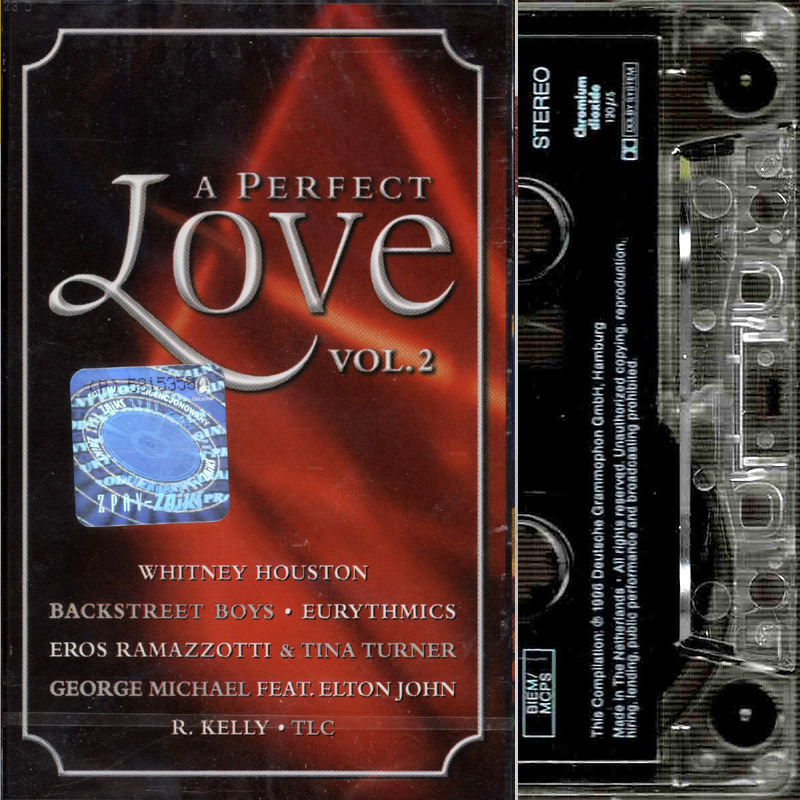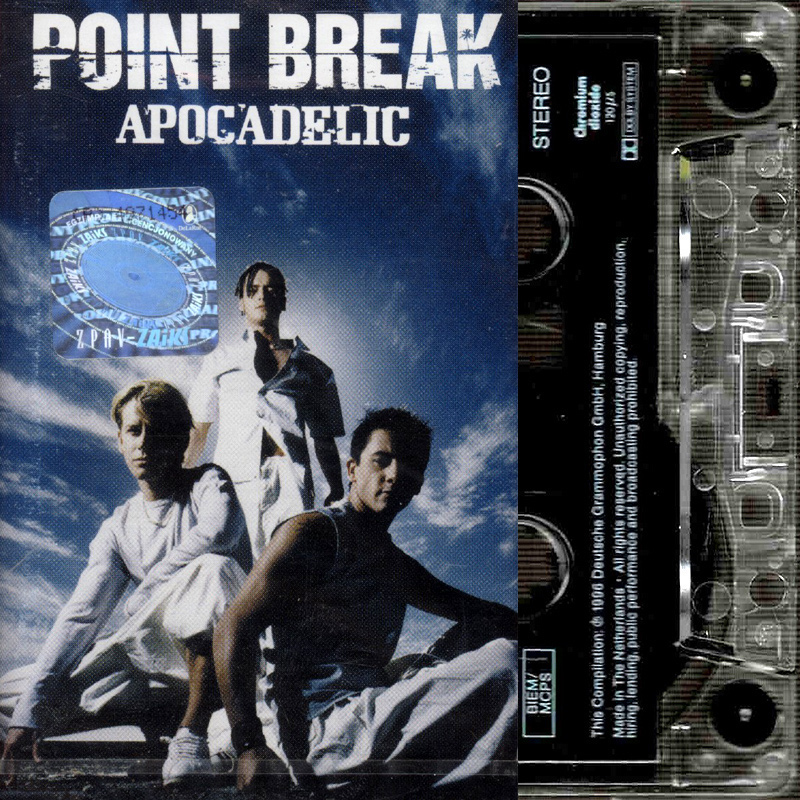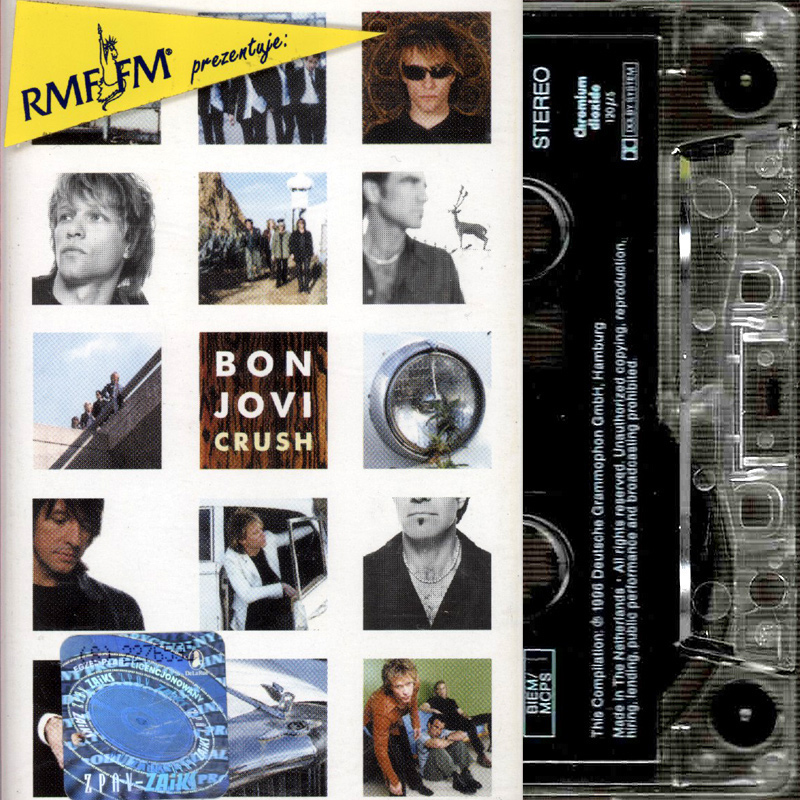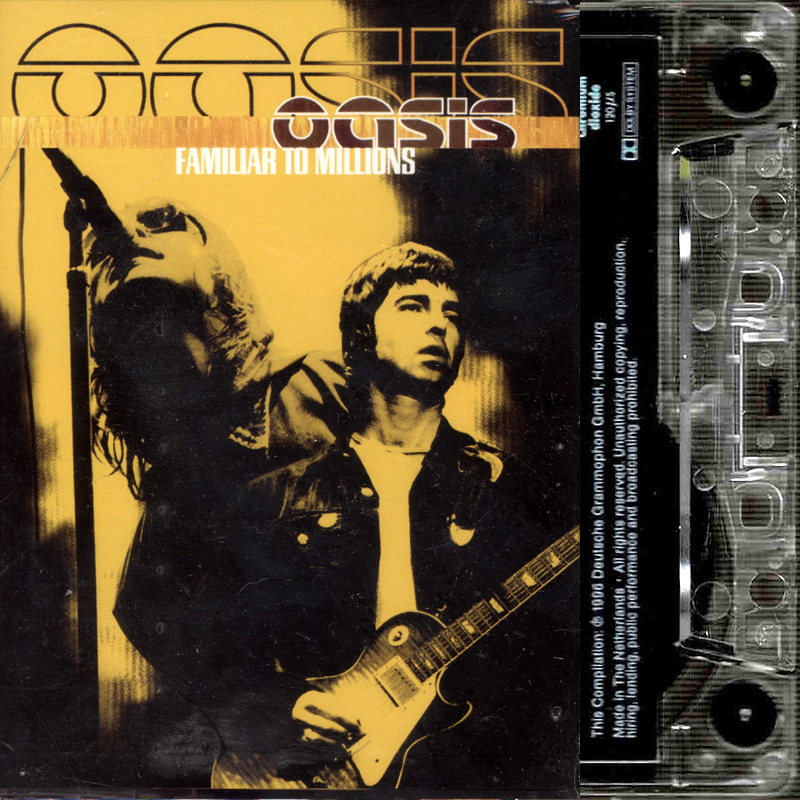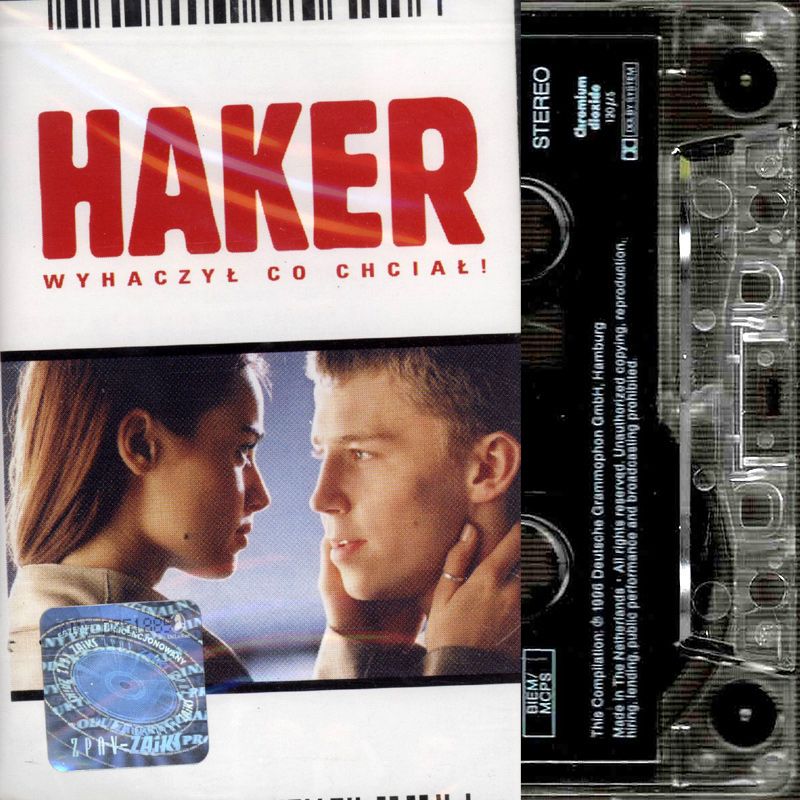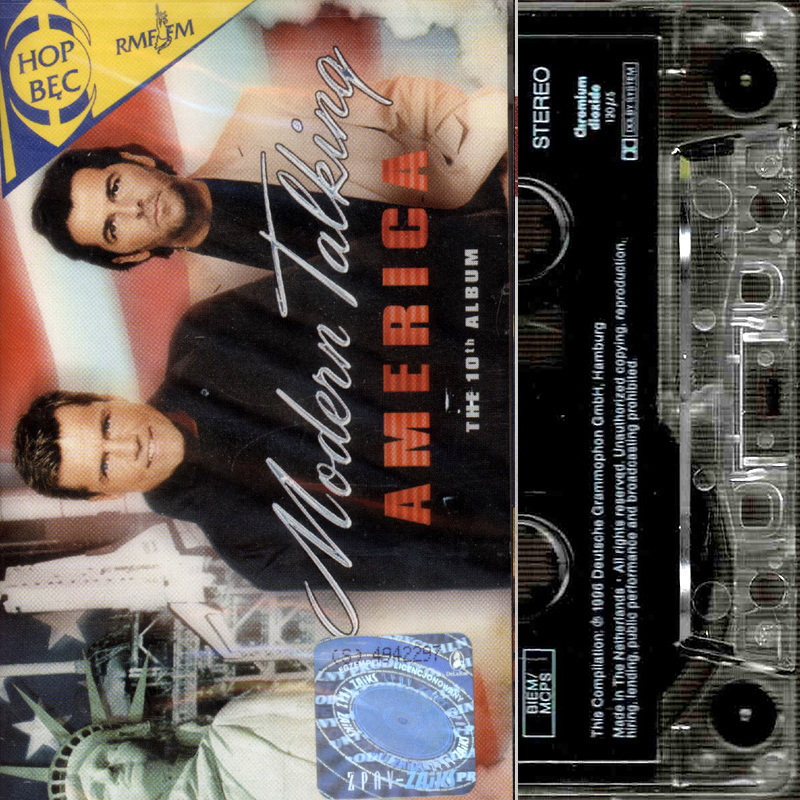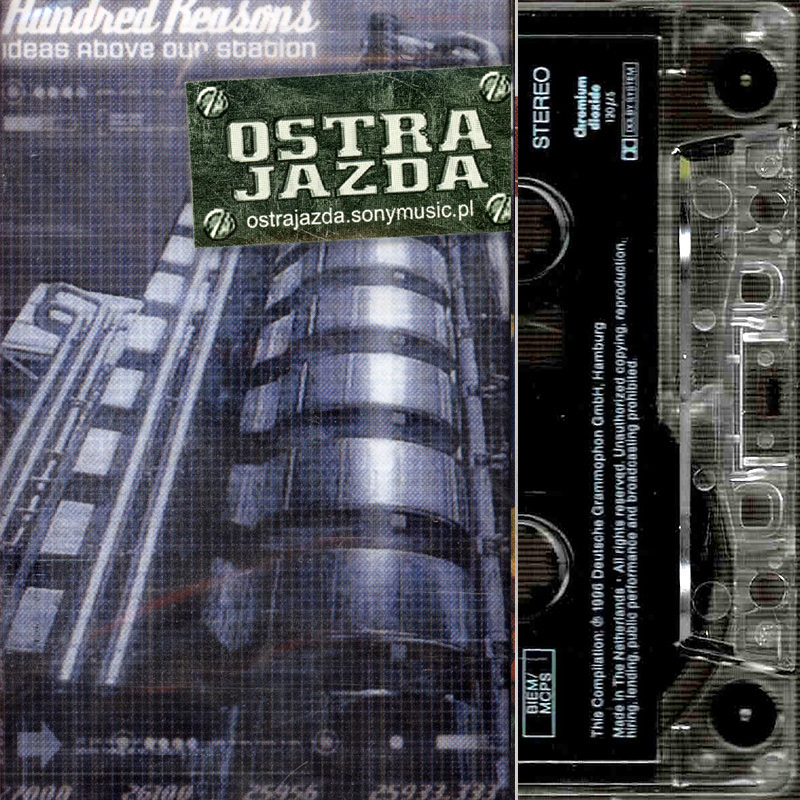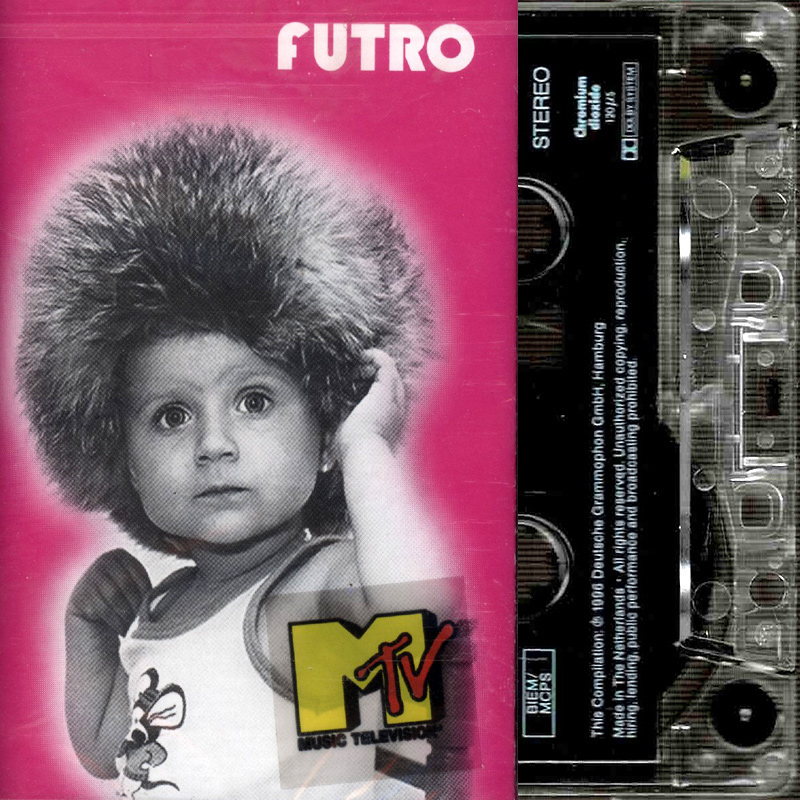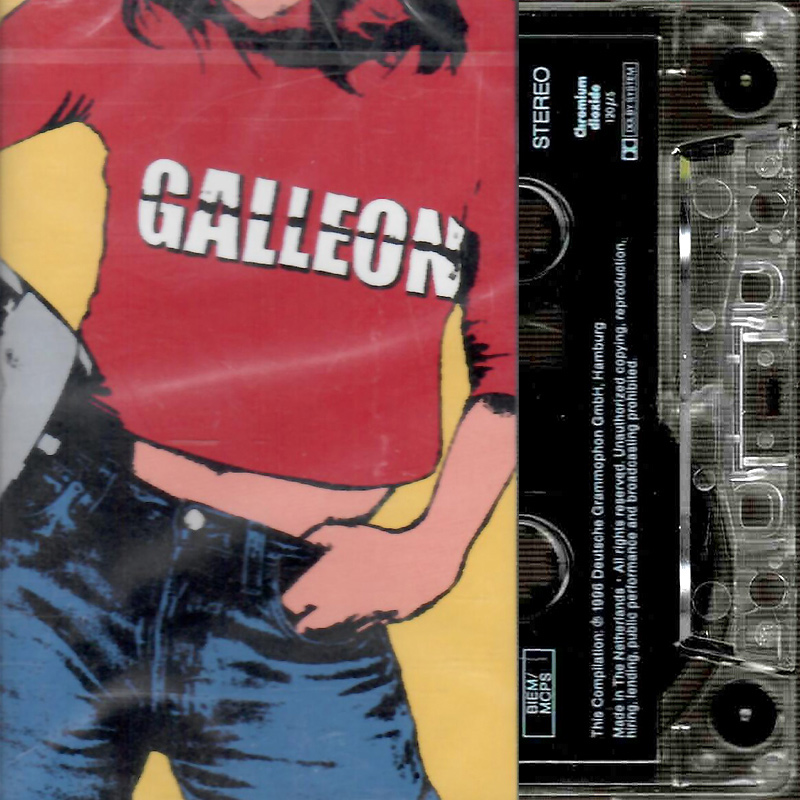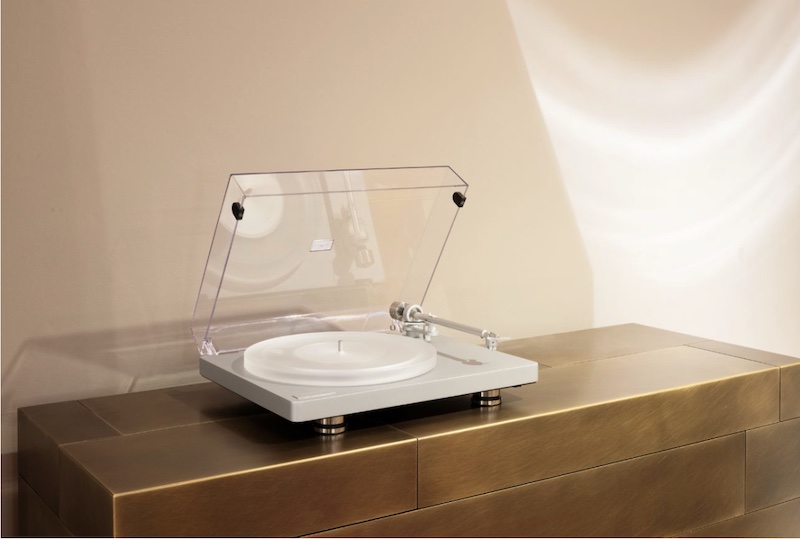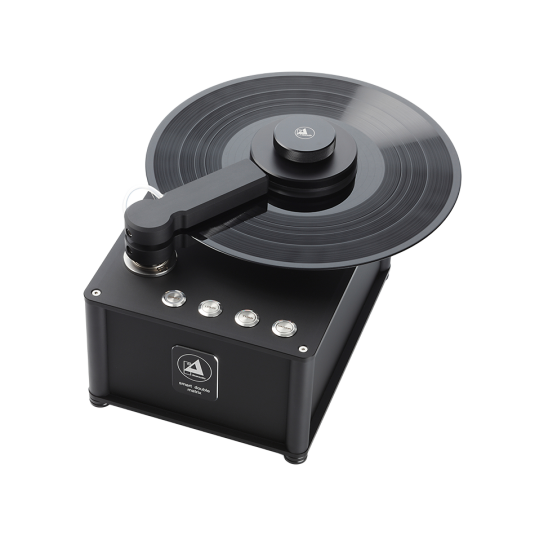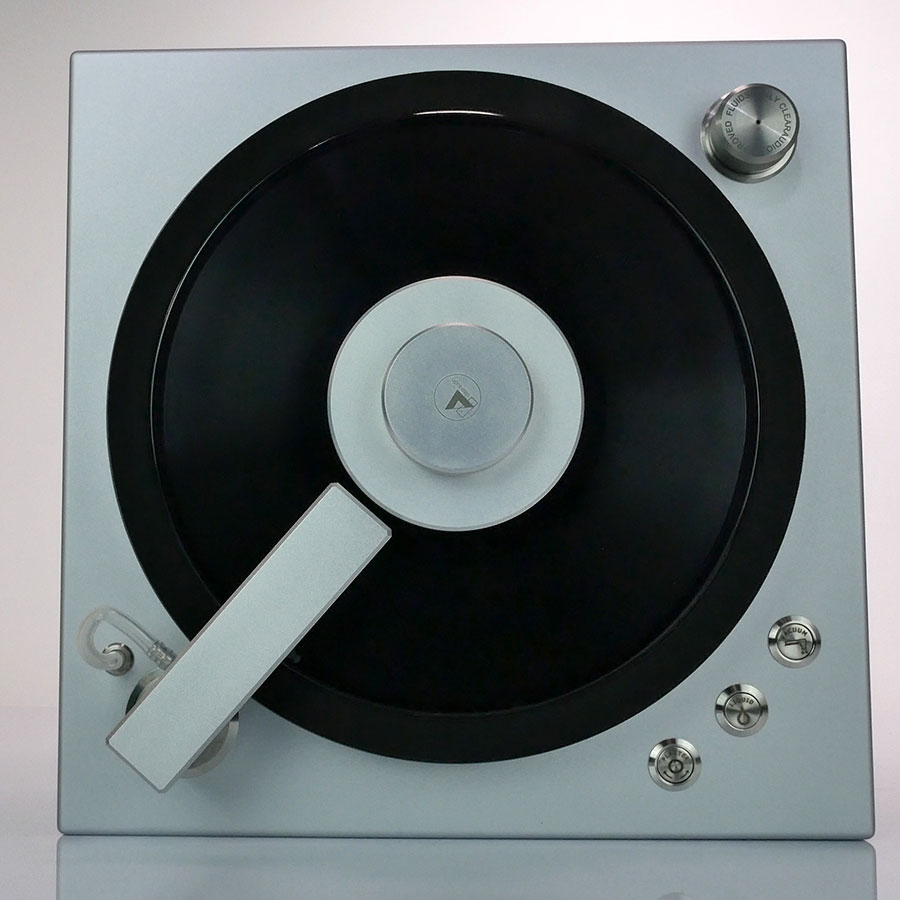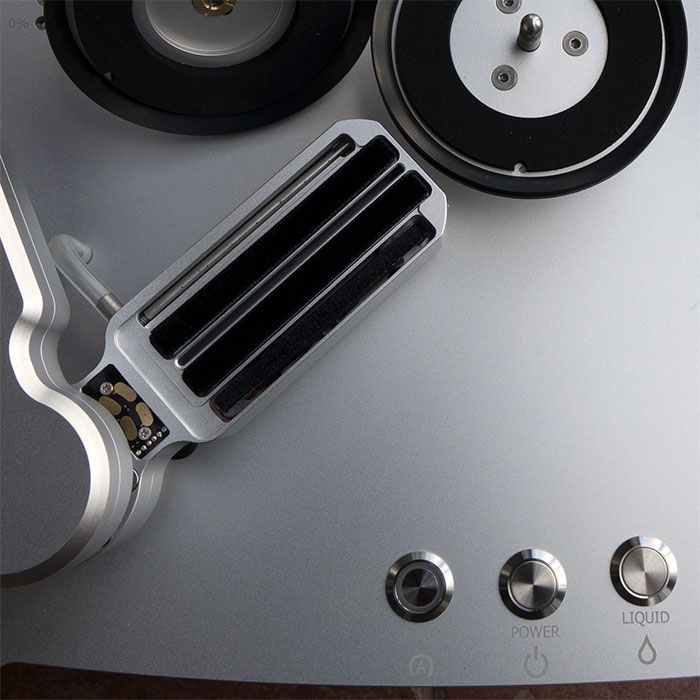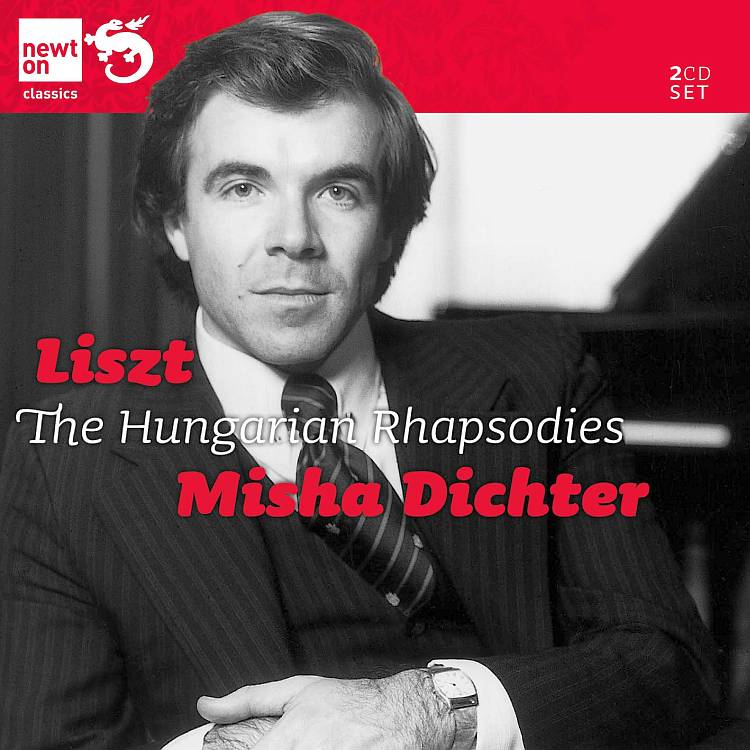Logowanie
Mikołaj - ten to ma gest!
Miles Davis, Horace Silver, Jay Jay Johnson, Percy Heath, Kenny Clarke, Lucky Thompson
Walkin'
20bit K2Super Coding - ale jak to brzmi!
Kasety magnetofonowe
Winylowy niezbędnik
ClearAudio
Double Matrix Professional - Sonic
najbardziej inteligentna i skuteczna pralka do płyt winylowych wszelkiego typu - całkowicie automatyczna
LISZT, Misha Dichter
19 Hungarian Rhapsodies
- CD 1
- 19 Hungarian Rhapsodies, S244/R106
- 1. No. 1 in C sharp minor - 14:19
- 2. No. 2 in C sharp minor - 08:56
- 3. No. 3 in B flat major - 05:46
- 4. No. 4 in E flat major - 04:33
- 5. No. 5 in E minor, "Heroide elegiaque" - 08:55
- 6. No. 6 in D flat major - 06:51
- 7. No. 7 in D minor - 05:37
- 8. No. 8 in F sharp minor - 06:48
- 9. No. 9 in E flat major, "Pesther Carneval" - 10:31
- CD 2
- 19 Hungarian Rhapsodies, S244/R106
- 1. No. 10 in E major, "Preludio" - 05:32
- 2. No. 11 in A minor - 05:49
- 3. No. 12 in C sharp minor - 09:05
- 4. No. 13 in A minor - 08:54
- 5. No. 14 in F minor - 11:21
- 6. No. 15 in A minor, "Rakoczy March" - 05:33
- 7. No. 16 in A minor - 05:29
- 8. No. 17 in D minor - 03:13
- 9. No. 18. in C sharp minor - 03:21
- 10. No. 19 in D minor - 10:28
- Łączny czas: 02:21:01
- Misha Dichter - piano
- LISZT
This set of pieces is barely known in extenso, perhaps not least due to the prodigious technical demands made upon the performer, but Misha Dichter himself is convinced that we gain a much deeper understanding of Liszt, keyboard genius, if we move beyond the familiar barn-storming of the Second and immerse ourselves in particular in the far-reaching harmonic implications of the last four. These were composed in 1882 and 1885, a full 30 years after the first 15 Rhapsodies were published in 1853, and naturally they show what a sea-change Liszt’s music had undergone in the period since he had been the toast of Europe, rivalled only by Paganini as a virtuoso performer and showman who routinely inspired fainting fits and the throwing of apparel that was not confined to gloves. By the 1880s he was the Abbé Liszt, a visionary ensconced in Weimar and worshipped and emulated by Wagner. There are, however, connecting threads between the earlier and later Rhapsodies; most obviously, an unbuttoned delight taken in what he believed to be genuine folk-tunes (many of which have subsequently turned out to be middle-class confections) and in his transformation of them beyond the tropes of keyboard improvisation to infuse the Rhapsodies with the spirit and even form of the verbunkos, the Hungarian dance with its diverse sections and untrammelled zest. The unique, newly commissioned booklet notes are written by Misha Dichter himself, who offers a guide to the style required for the interpretation of these works as well as a personal memoir of the pleasure he took in recording them. “This is the most technically accomplished set of the complete (Liszt) Rhapsodies that I have yet heard.” (Gramophone)

 Płyty wytwórni Newton Classics - w naszej ofercie
Płyty wytwórni Newton Classics - w naszej ofercie